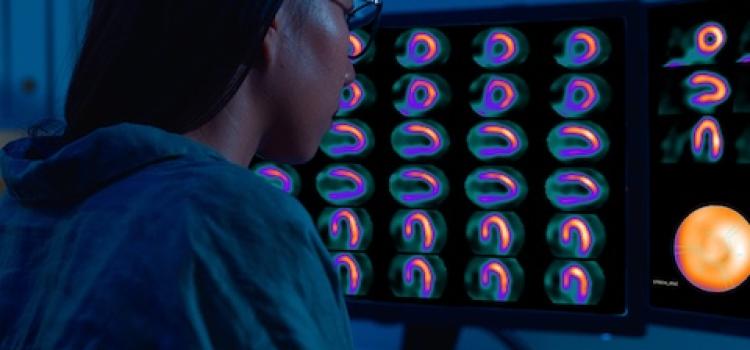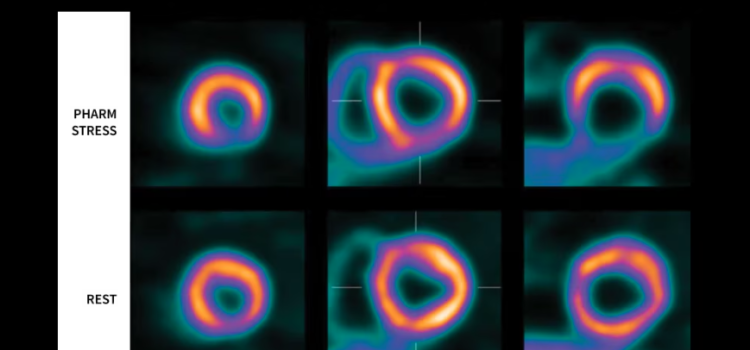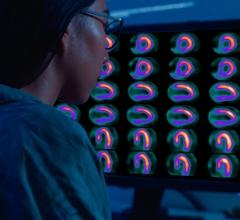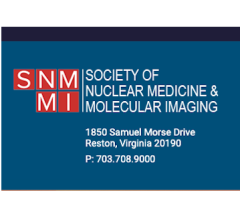Nov. 17, 2025 — GE HealthCare has announced that Cardiovascular Associates of America (CVAUSA) plans to broaden its adoption of GE HealthCare’s FDA-approved cardiac positron emission tomography (PET) ...
PET Imaging
Positron emission tomography (PET) is a nuclear imaging technology (also referred to as molecular imaging) that enables visualization of metabolic processes in the body. The basics of PET imaging is that the technique detects pairs of gamma rays emitted indirectly by a positron-emitting radionuclide (also called radiopharmaceuticals, radionuclides or radiotracer). The tracer is injected into a vein on a biologically active molecule, usually a sugar that is used for cellular energy. PET systems have sensitive detector panels to capture gamma ray emissions from inside the body and use software to plot to triangulate the source of the emissions, creating 3-D computed tomography images of the tracer concentrations within the body.
Nov. 17, 2025 — GE HealthCare has announced that Cardiovascular Associates of America (CVAUSA) plans to broaden its ...

Cardiac PET/CT represents a major advancement in cardiovascular diagnostics, offering significant clinical and ...
Sept. 18, 2025 — The Society of Nuclear Medicine and Molecular Imaging (SNMMI), American Society of Nuclear Cardiology ...
Cardiac positron emission tomography (PET) is growing in popularity among cardiologists because it provides the ability ...
Sept. 8, 2025 — GE HealthCare recently announced a Distribution and Services Agreement (DSA) with CardioNavix, a part of ...
July 21, 2025 — Long COVID patients with abnormal cardiopulmonary PET/MR findings may be more likely to develop heart ...
June 23, 2025 — GE HealthCare’s commitment to advancing precision care in cardiology through its molecular imaging ...
Feb. 25, 2025— GE HealthCare has delivered the first patient doses of Flyrcado (flurpiridaz F 18) injection, a unit dose ...
July 25, 2024 — Positron Corporation, a leading molecular imaging medical device company offering PET & PET-CT imaging ...
June 18, 2024 — Positron Corporation, a leading molecular imaging medical device company offering PET and PET-CT ...
June 14, 2024 — Positron Corporation, a leading molecular imaging medical device company offering PET and PET-CT(Positro ...
April 23, 2024 — CDL Nuclear Technologies, a pioneer in advanced diagnostic solutions, is proud to announce the launch ...

Cardiac positron emission tomography (PET) is growing in popularity among cardiologists because it provides the ability ...
January 3, 2024 — HeartFlow, Inc., a leader in non-invasive artificial intelligence (AI) precision coronary care ...
November 21, 2023 — Heuron, a medical AI (artificial intelligence) imaging software solution company, under the ...
October 5, 2023 — Jubilant DraxImage Inc., a wholly-owned subsidiary of Jubilant Pharma Limited, has entered into an ...






 November 17, 2025
November 17, 2025












